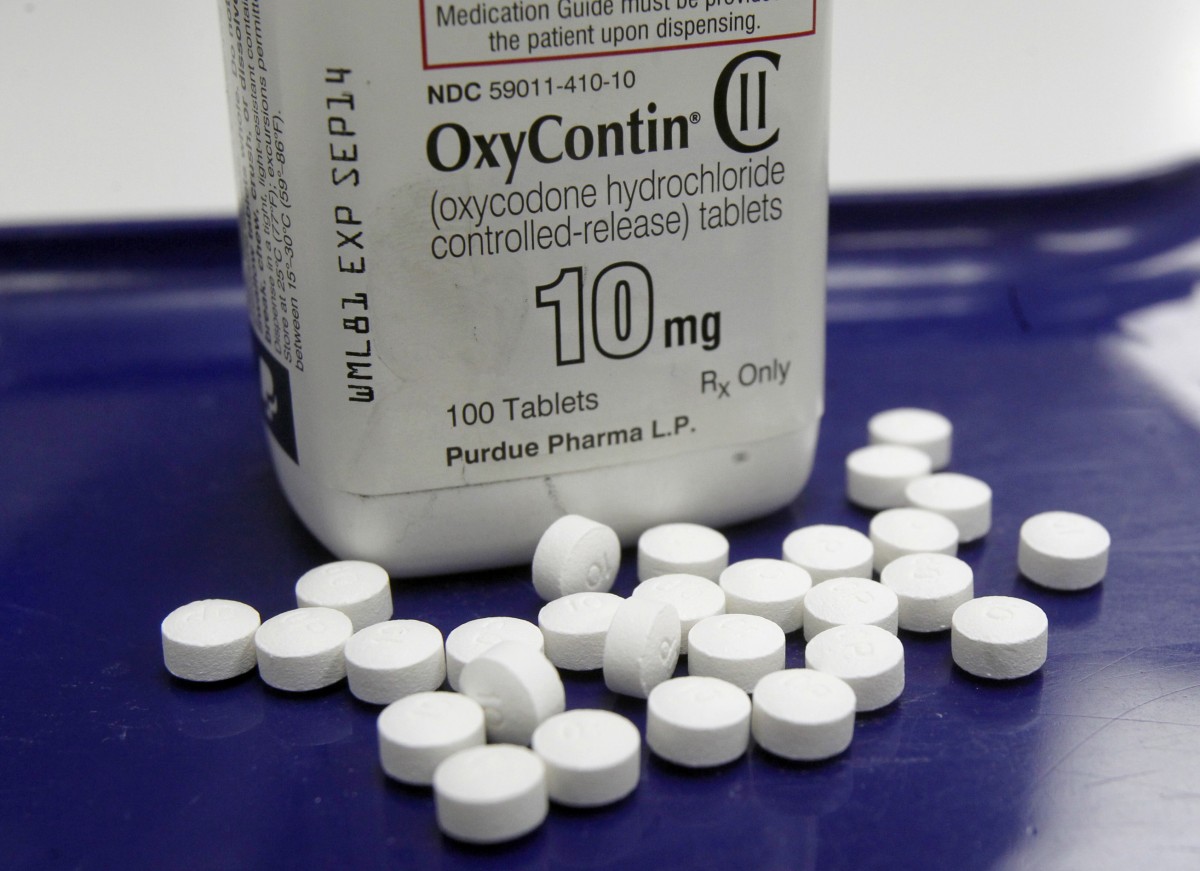With West Virginia having the highest rate of opioid deaths in the country, West Virginia University is using monies from the state to beef up training for social workers and community-based mental health professionals to help treat addiction.
“Through funding from the West Virginia State Opioid Response grant, the WVU School of Social Work is preparing social work scholars to work on the front lines of addiction treatment,” Deana Morrow, director of WVU’s School of Social Work, said in a statement.
“We are also developing addiction training for community-based mental health professionals so that they can more deliver evidence-based interventions for treating addiction.”
The $241,401 grant — given to the School of Public Health — will allow new placement options for students in settings intersecting with addiction. The training will also prepare social workers in diverse practice areas, such as employment, emergency assistance, criminal justice and child welfare, WVU said.
“West Virginia has been designated by the Health Resources and Services Administration as having a shortage of mental health professionals,” Morrow said. “Our goal is to help fill this gap by producing high quality social workers who are prepared to build their career serving the behavioral health and addiction recovery needs of West Virginia.
“As an aside, the career outlook for social work positions is robust,” she said. “The Bureau of Labor Statistics projects an overall growth rate of 16% in social work positions by 2026 and a 19% growth specifically in social work positions in behavioral health and addictions.”
WVU has also been working with Milan Puskar Health Right to help it become a medication-assisted treatment site, said Laura Jones, executive director.
“We had to do most of our own training over the last four years to get our staff up-to-date on current trends and best practices,” she said. “Maryland has had a much more robust response because their governor declared a state of emergency and released lots of money to get harm reduction off the ground and provide for regular training and development of the workforce.”
In a recent national investigation, the Washington Post examined 380 million transactions from 2006 to 2012 in the Drug Enforcement Administration’s database that tracked the sale of every single pain pill sold in the U.S. during that seven-year span. During that time, prescription pain pills killed nearly 100,000 people.
Monongalia County received 25.96 million prescription pain pills in that time period; nearly 6 million prescription pain pills were supplied to Preston County, while Marion County received 12.68 million pills.
West Virginia as a whole received 853.48 million pills during those seven years, with Kermit, Mingo County, receiving the largest number at 13.16 million. Kentucky was second on the list in pills received followed by South Carolina, Tennessee, Nevada and Oklahoma rounding out the top five, the Post said.
James Berry, WVU’s director of Addiction Services, said the DEA data is alarming, but not a surprise to those who treat addiction.
“We have known for years the rural communities have been flooded by opioids,” he said. “This does not surprise me. We have been trying to battle this for the last 15 years.”
Berry said progress toward stemming the opioid epidemic is being made, albeit slowly.
“On the educational front, we’re trying to understand the nature of addiction,” he said. “The number of prescriptions have decreased.”
But the number of drug overdoses has increased, mostly because of the increased use of heroin and fentanyl. An April study from the National Institutes of Health found that between 2015 and 2017, fentanyl overdoses were 122% of what they were between 2005 and 2014.
TWEET @41Suzanne




